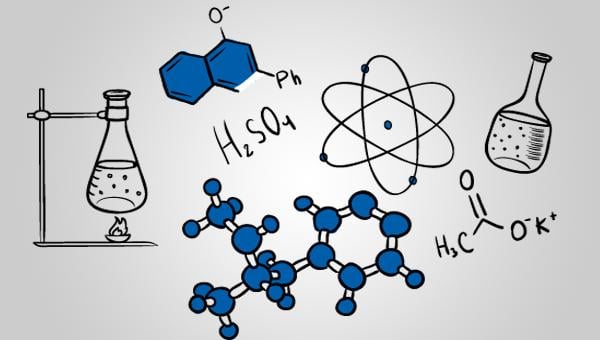MOOC List is learner-supported. When you buy through links on our site, we may earn an affiliate commission.

MOOC List is learner-supported. When you buy through links on our site, we may earn an affiliate commission.
Syllabus
WEEK 1
We will learn about the components inside the atom and look especially at the electrons. The electron structure determines the properties of the elements. So, by the end of this series of lessons, you will know for each elements where the electrons are located in the atom.
WEEK 2
Once we understand the electronic structure, we will be able determine how the periodic table can be used to compare the elements according to atomic size and various energies. We will conclude by seeing how these trends can be used to predict chemical properties of the elements.
WEEK 3
Now that we know the structure of an atom, we can explore how atoms combine to form either molecular or ionic compounds. Then we will learn the rules of nomenclature that ensure that a compound is named according to IUPAC rules. We will end this unit by looking at quantitative relationships for compounds including the molar mass of and mass percent of an element in a compound.
WEEK 4
We will explore how compounds react with one another to form new substances and then write balanced chemical equations to represent what is happening in a reaction. We will explore several different types of reactions including precipitation, acid-base, oxidation-reduction, and combustion reaction.
WEEK 5
This unit will delve into the quantitative relationships we can determine from a balanced chemical equation to determine the relative amounts of substances needed to react or the amount of products formed. We will also explore limiting reagents and percent yield to address practical aspects of chemical reactions because there may be leftover reactants and/or incomplete formation of products.
WEEK 6
This unit looks more in depth at molecular compounds to see how they are bonded together by looking at Lewis structures. These structures provide information about the types of bonds (single, double, or triple) as well as the connectivity of atoms. By knowing the Lewis structure, we can also predict the three-dimensional geometry of an individual molecule.
WEEK 7
In this unit, we will learn about thermochemistry, which is the study of the thermal energy transfer (heat) in chemical reactions. We will learn how these measurements of heat are made via calorimetry. Then, learn to calculate heat transfer using various methods.
MOOC List is learner-supported. When you buy through links on our site, we may earn an affiliate commission.
MOOC List is learner-supported. When you buy through links on our site, we may earn an affiliate commission.
